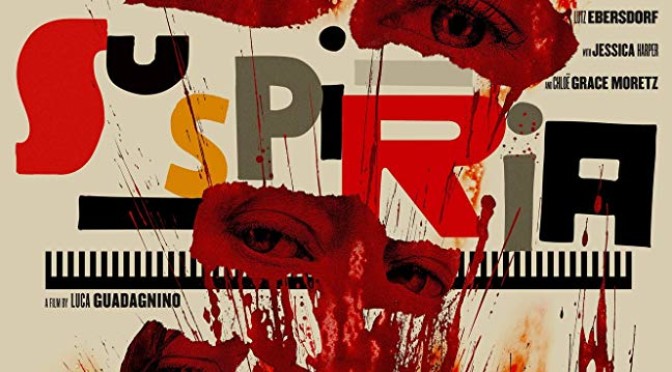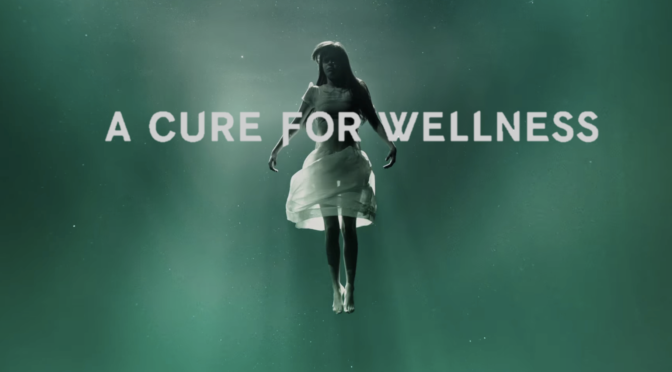Remaking a cult classic is never an easy task, but having Luca Guadagnino (Call Me By Your Name) behind the camera made it an interesting proposition. Like the original, the film follows Suzy Bannion (Dakota Johnson; Fifty Shades of Grey), an American, who comes to Germany to enroll in a famous dance school. On the day of her arrival, she hears whispers of another student who abruptly left the school for unknown reasons, leaving room for Suzy to join. She auditions in front of the demanding teacher Madame Blanc (Tilda Swinton; We Need to Talk About Kevin) who, along with the rest of the staff, takes an immediate interest in her and assigns her the lead role in their next performance. As the film progresses, Suzy’s friend Sara (Mia Goth; A Cure for Wellness) learns that the missing student had suspected their teachers of being witches and using students for an unknown nefarious purpose.
While the original Suspiria was almost a giallo film, the Italian thriller subgenre popularized by director Dario Argento, Guadagnino has moved the title firmly into body horror territory. There are still elements of suspense surround the details of the missing student, but where the first film kept the nature of the school as its main source of intrigue, this iteration never lets the audience think the school is normal. Instead, the question becomes a matter of what Blanc and company are doing and why, not whether it is occult. In early scenes, Guadagnino establishes the teachers as witches through a display of horrific pain. He shows a body contorting against its will in a grisly fashion that would make David Cronenberg proud and continues these effects throughout the duration.
Guadagnino takes the film’s visuals in the opposite direction of the original. While it is beautifully shot with skillful use of shadow, it lacks the color of the original. Argento’s Suspiria was known for its vibrant, contrasting hues and patterned production design. Guadagnino instead creates the aesthetic of Cold War Germany. The buildings are oppressive with dull, muted colors that point to a city in disrepair. The effect of this aesthetic change is that it not only distinguishes the film, but also places greater emphasis on the actual dancing. The energetic dance moves come to the foreground when surrounded by drab settings. It’s a smart decision that gives the remake its own visual identity.

Until the end, Guadagnino’s Suspiria is a compelling watch. He makes decisions that separate his film in interesting ways and is able to communicate the hypnotic effect of dance that lures Suzy to the school. The film becomes a sensory experience led by Johnson’s striking dancing. Her movements resemble sudden convulsions more than graceful ballet and her twisting, in concert with the film’s lighting, show a temporary euphoria that extends to the audience. It’s unclear how much of the choreography was completed by Johnson rather than a dance double, but her performance and the editing make it impossible to tell as she throws herself into every motion.
It’s the film’s climax that becomes its undoing. Guadagnino and screenwriter David Kajganich (A Bigger Splash) deserve credit for taking the story in a new direction, but the blood-soaked finale will leave most viewers confused rather than awestruck. The ending relies on a plot point that, while not convoluted, unexpectedly changes the film’s focus to something that was barely mentioned earlier. This isn’t a shift that recontextualizes prior events in new and interesting ways, it baffles by implying that the filmmakers were actually focused on what seemed like an inconsequential detail. There are also other background elements that end up superfluous. The repeated nods to WWII and actions that may have been committed under Nazi rule are never developed or addressed by the film’s conclusion. What started as a fresh and enveloping take on a classic film, stumbles and falls in its final stretch leaving Guadagnino’s remake a flawed work that never reaches its potential, despite having many great moments.

3/5 stars.



